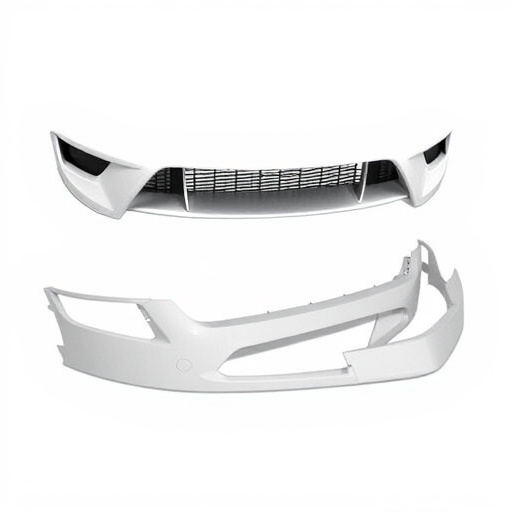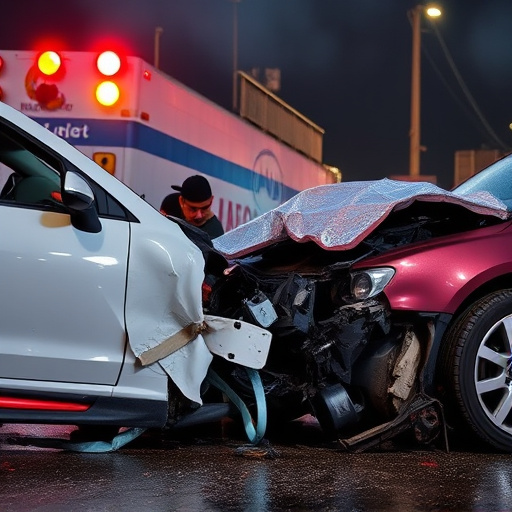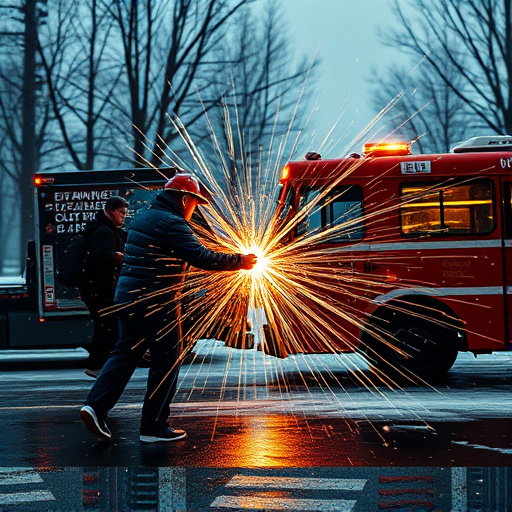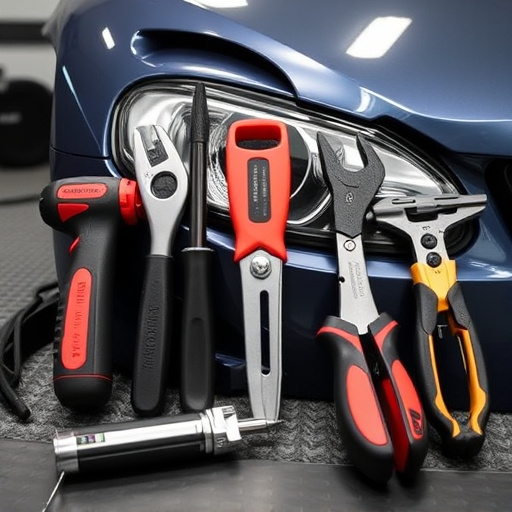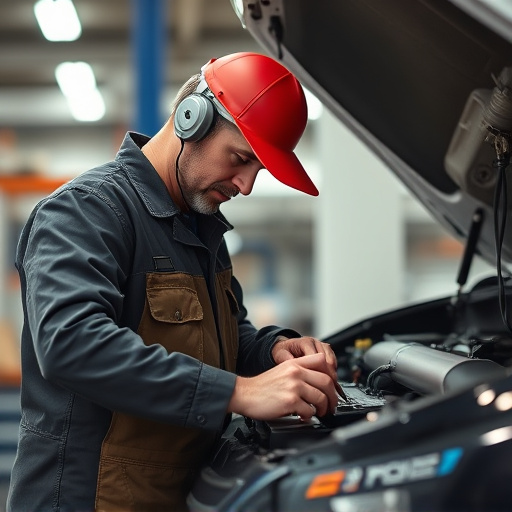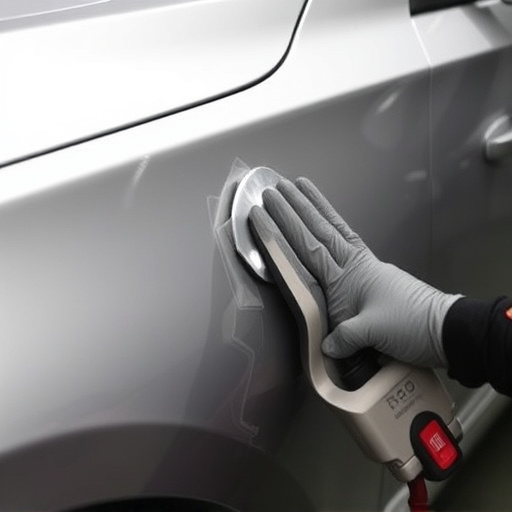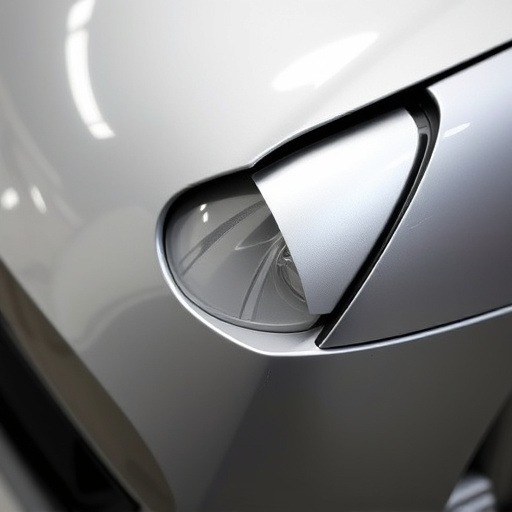After a collision, perform a meticulous alternator inspection to ensure safe and effective automotive collision repair. Visually examine for damage, check belts and hoses, test function and output voltage, and consult professionals for diagnostics and repairs to restore vehicle electrical system reliability.
In the aftermath of a collision, understanding the intricacies of your vehicle’s electrical systems becomes crucial. This article delves into the vital distinction between post-collision battery and alternator issues, offering a comprehensive guide for drivers. We explore the unique functions of batteries and alternators in maintaining power, especially after an accident. Armed with signs of damage and troubleshooting strategies, you’ll learn how to conduct a thorough alternator inspection after accident to ensure safety and reliable vehicle operation.
- Understanding Battery and Alternator Function After Collision
- Signs of Damage: A Comprehensive Alternator Inspection Guide
- Effective Strategies for Post-Accident Electrical System Troubleshooting
Understanding Battery and Alternator Function After Collision

After a collision, understanding the functions and potential issues with your vehicle’s battery and alternator is crucial for safety and effective automotive collision repair. The alternator plays a vital role in maintaining the car’s electrical system by generating power and charging the battery, which is essential for starting the engine and powering various components. During an accident, these systems can sustain damage, leading to problems like a faulty alternator or a dead battery.
An alternator inspection after an accident is a critical step in the car body repair process. Mechanics will assess if the alternator can be safely used or needs replacement due to impact-related damage. Similarly, batteries also require careful examination as they may have suffered internal damage from the shock and vibrations during the collision. This initial assessment helps determine whether simple repairs or complete replacements are needed for optimal vehicle functionality and safety.
Signs of Damage: A Comprehensive Alternator Inspection Guide

After a collision, one of the first steps in diagnosing potential vehicle issues is conducting a thorough alternator inspection. Signs of damage can be subtle but are crucial to determining whether your alternator needs repair or replacement. Start by visually examining the alternator for any signs of physical harm. Look for cracks, dents, or loose connections on the exterior housing and pulley. These could indicate that the alternator was subjected to excessive force during the accident. Check if the belts and hoses connected to the alternator are frayed, torn, or excessively stretched, as these could be signs of wear and tear that may have been accelerated by the collision.
Delve deeper with a functional test, ensuring all components are properly secured and in working order. Observe if the alternator is spinning smoothly when engaged. Any unusual noises or vibrations could suggest internal damage. Moreover, testing the output voltage is vital; a significantly lower reading than usual might point to a faulty alternator. If you suspect any issues, consider seeking professional vehicle repair services from a reputable car body shop, where skilled technicians can perform comprehensive diagnostics and, if necessary, facilitate car restoration processes.
Effective Strategies for Post-Accident Electrical System Troubleshooting

After a collision, one of the first steps in any automotive repair process is performing a thorough alternator inspection after accident. This is crucial as vehicle electrical systems can be significantly affected by the impact. Skilled technicians at an auto collision center or auto body shop will check for signs of damage or dysfunction in both the alternator and battery to ensure they’re still capable of providing adequate power.
During troubleshooting, focusing on specific components like belts, diodes, and winding is essential. A detailed assessment can help determine if repairs or replacements are needed. Effective strategies include using advanced diagnostic tools to test voltage output, checking for internal damage through visual inspection and sometimes disassembly, and comparing readings with known good units. Prompt identification of issues allows for timely resolution, ensuring the safety and reliability of the vehicle’s electrical system, especially during its return to service after bodywork repairs at a professional facility.
In the aftermath of a collision, understanding the interplay between your vehicle’s battery and alternator is crucial. This article has guided you through the process of alternator inspection after an accident, highlighting key signs of damage and offering effective troubleshooting strategies. By recognizing potential issues early on, you can ensure prompt repairs and maintain the reliability of your electrical system. Remember, a thorough alternator inspection is vital for post-accident vehicle health, preventing further complications down the road.

